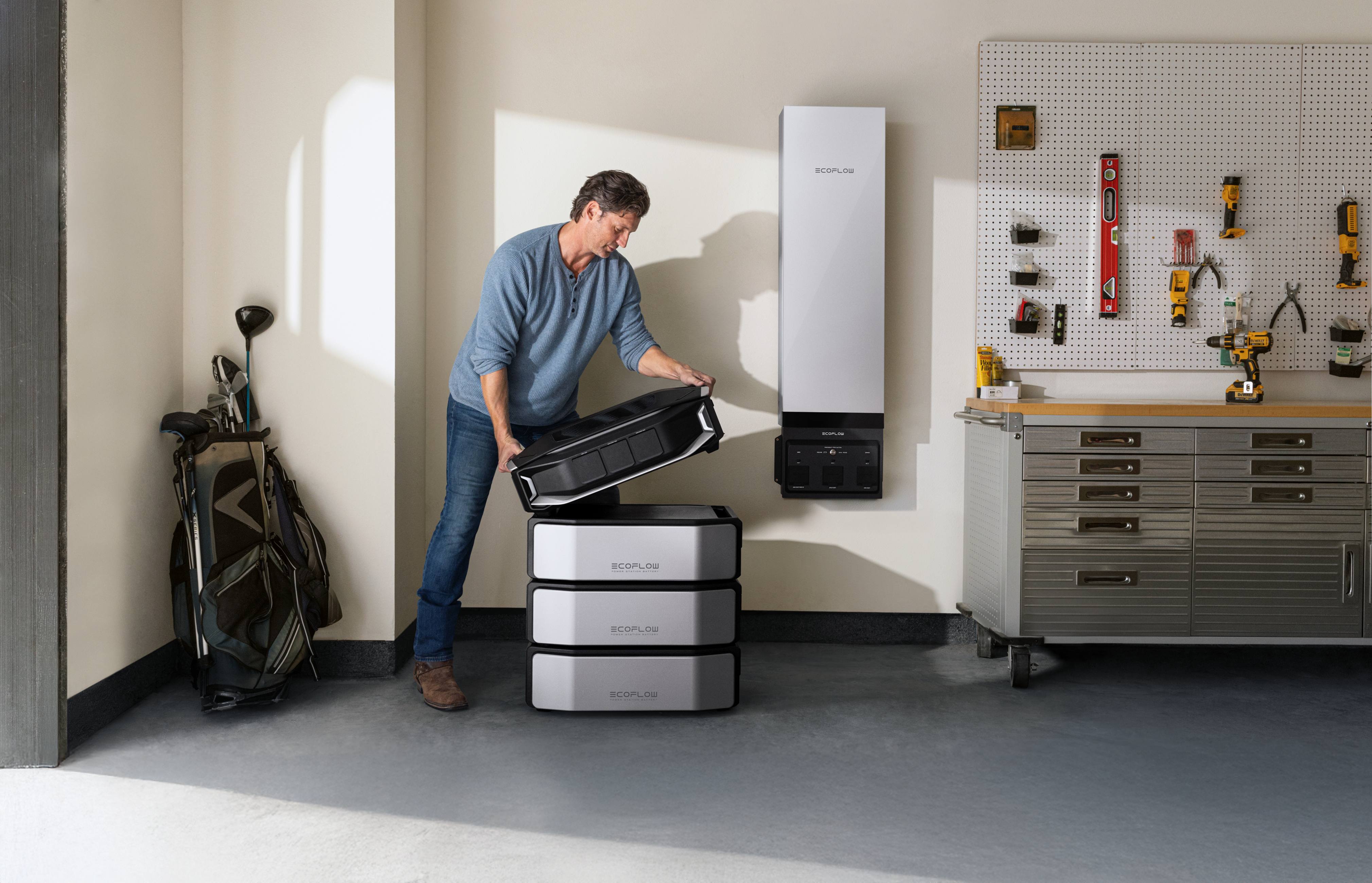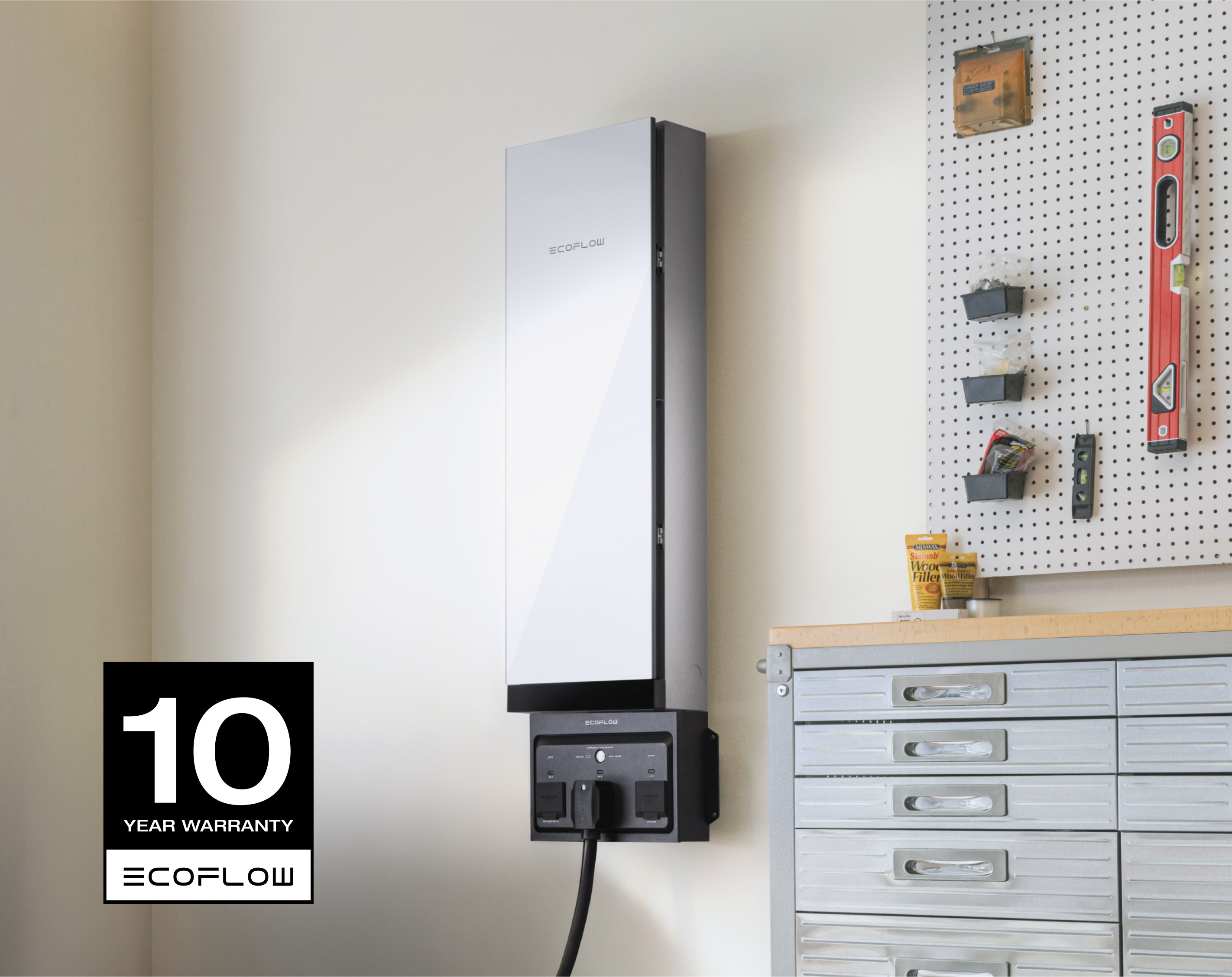Buying vs. Renting a Solar Home: What You Need to Know
It's a big deal to go solar, and it's wonderful to think about how much money you'll save on energy and how much less carbon you'll leave behind. This information will help you decide whether to buy or rent a solar home. Learning the essentials will help you feel good about your choice.
What Makes a Home a Solar Home
A solar home uses energy from the sun to power some or all of its needs. Homes can do this in a few different ways, from simple construction choices to advanced technology. Knowing the different types will help you make a smart choice when you see one on the market.
Active Solar Homes
These are the homes most people think of when they hear "solar." They have photovoltaic (PV) panels, usually on the roof, that collect sunlight and turn it into electricity. This power can be used right away, stored in a battery, or even sold back to the power company.
Passive Solar Homes
These homes are cleverly designed to use the sun's heat and light without any special technology.For example, they might have large windows facing south to catch the winter sun for warmth. They may also have roof overhangs that block the sun in the summer to keep the house cool.
Solar-Ready Homes
A solar-ready home is built to make it easy to add solar panels later on. The roof might already have the best angle for sunlight, and the electrical system is set up for a future installation. This saves time and money when you decide to add panels.
These different approaches show there's more than one way to use the sun's power. For most people looking to buy or rent, the active solar home with panels is the most common option they'll find.


Important Things to Know When Buying a Solar House
Buying a home with solar panels can save you money and help the environment, which is a great combination. But before you get too excited, you need to find out who owns the panels. This one detail determines if the solar system is a great benefit or a potential headache.
Owned Systems: This is the simplest and best situation. The solar panels belong to the house, just like the plumbing or air conditioning, and are included in the sale price. As the new owner, you get all the benefits, like lower electric bills and any money earned from selling extra power. The only real downside is that the house might cost a bit more upfront because of the value the panels add.
Leased or PPA Systems: This is where things can get tricky. If the panels are leased, the previous owner was renting them from a solar company. A Power Purchase Agreement (PPA) is similar, but instead of rent, they paid a set price for the power the panels made. In these cases, a separate company owns the panels, and you will have to apply to take over the contract, which could last for 15 to 25 years. This can make getting a mortgage harder and doesn't increase the home's value.
Always ask for the ownership documents before you make an offer on a solar home. A quick check can prevent you from taking on a long-term contract you didn't expect.
Renting a Solar Home What to Expect
Renting a home with solar panels means you can enjoy the benefits of clean energy without the big upfront cost. It's a nice perk that can lead to lower utility bills and a greener lifestyle. It's important to know how your landlord handles the electricity savings.


How Landlords Share Solar Savings
Landlords usually have a few ways of pricing a solar rental.
Slightly Higher Rent: A landlord might set the rent a little higher than for a similar home without solar. The idea is that what you save on your power bill will more than make up for the extra rent, so you still come out ahead.
Utilities Included: Sometimes, a landlord will include a set price for electricity in the monthly rent. This makes your bills predictable, but you might pay for more power than you actually use.
Direct Billing: In some cases, a landlord might charge you directly for the solar power you use. This is often clear, but you should check the rate to make sure it's fair and won't go up unexpectedly.
A big plus of renting is that you don't have to worry about maintenance, since the landlord or solar company takes care of any repairs. On the other hand, you have no say over the system and can't make any changes or upgrades.
What Comes in a Solar House Kit
A home solar system has several parts that work together to turn sunlight into electricity for your home. Here’s a look at what makes up a complete solar house kit.
| Component | Function | Key Details |
| Solar Panels | Capture sunlight and turn it into direct current (DC) electricity. | These are the most visible part of the system. Good panels are very efficient and can last for 25-30 years. |
| Inverter | Changes DC electricity from the panels into alternating current (AC) electricity. | The inverter is the system's brain. AC power is the type of electricity your home's appliances use. |
| Racking | The framework that holds the solar panels securely on the roof. | This needs to be strong and installed correctly to handle wind and weather. The angle and direction it faces are important for catching the most sun. |
| Other Parts | Includes wiring, fuses, and switches to connect everything safely. | These parts are known as the "Balance of System" and make sure the power gets from the panels to your house safely. |
Knowing these parts can help you ask good questions about a system's age and quality. A system with reliable components will give you clean power for many years.
Why You Might Want a Solar House Battery
A solar house battery is a great addition to a solar system that gives you more freedom from the power grid. While not every system has one, a battery can provide backup power during an outage and help you save even more money. It works by storing the extra power your panels make during the day.
You can use that stored energy at night, on cloudy days, or when the power goes out, so your lights and appliances stay on. This is a huge plus if you live in an area with frequent storms. Adding a battery costs more at the start, but it turns your solar system into a reliable source of power you can count on, day or night.
For homeowners, a battery offers peace of mind. For renters, finding a home with a battery is a great feature that means you won't be stuck without power. For example, EcoFlow Delta Pro Ultra X pairs whole‑home power (12 kW split‑phase per unit, expandable to 36 kW) with modular energy (from 6 kWh per pack up to large multi‑day capacities), smart‑panel integration (Gateway/SHP3), generator compatibility via rectifier for extended outages, and up to 10 kW PV input for fast charging—covering critical loads through multi‑day weather events.
Make Your Move to Solar
Buying or renting a solar home depends on your budget, length of stay, and priorities. Renting sustainable energy is simple and low-commitment, but buying gives the long-term savings and boosts your home's value. Any choice helps create a cleaner, more sustainable future. As we've seen, a solar battery enables energy freedom. To find a full home power system that will keep your home powered no matter what, consider advanced alternatives like the EcoFlow Delta Pro Ultra X.
FAQs About Solar Home
Q1: What are the most common types of solar panels for homes?
Monocrystalline and polycrystalline are the two most prevalent forms of solar panels. Monocrystalline panels are made from a single pure silicon crystal, which makes them better at turning sunlight into electricity and gives them a sleek black look. When you fuse together several pieces of silicon fragments, you obtain polycrystalline panels. These panels are a little less efficient but also cheaper to make.
Q2: What is net metering and how does it work?
Many utility companies offer a scheme called net metering that lets households with solar panels send their extra electricity back to the power system. In return, the utility provider pays them credits on their electric bill. They can then use these credits to pay for whatever power they need to get from the grid at night or on cloudy days, which helps them save money on energy bills overall.
Q3: Do solar panels need a lot of care?
Solar power systems don't need much maintenance. The most important thing to do is to maintain the panels clean of dirt, leaves, and snow that could obscure the light and limit their output. This is because they don't have any moving parts. Most homeowners only need to clean the system every now and again and check to make sure everything is linked properly to keep it running well for years.